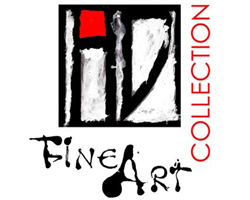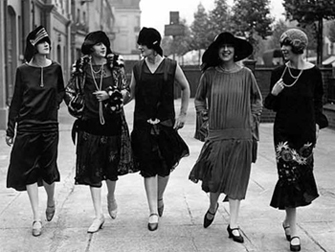Product Description
Arrigo Varettoni de Molin, “Cocktail Hour”, Oil on canvas 1937


ARRIGO VARETTONI DE MOLIN (1902-1985)
Cocktail Hour 1937
Oil on canvas
Signed: Arrigo V de Molin (on front of canvas), #4 Cocktail Hour, Arrigo Varettoni de Molin, 323 West 4th Street, 79 Horatio Street (paper label attached to back of frame)
Listed: Who’s Who in America, Series II, no. 11 (November 1, 1941) p. 6.
Exhibited: The Society of Independent Artists, 1939; Vendome Art Galleries, 1941
Painting reviewed: “Three Newcomers Enliven the Season’s Beginning” Roy Finch, The New York Herald Tribune (September 7, 1941).
Canvas: H: 42” x 36”
Arrigo Varettoni de Molin, “Cocktail Hour”, Oil on canvas 1937
Art Deco cushion shape natural Burmese sapphire ring (approx. 7 carats TW, G.I.A. certificate, 10.00 x 9.70 x 8.00mm, no heat) set in an intricate platinum mount with 4 baguette diamonds and 16 round diamonds (approx. 4 carats), c. 1930
